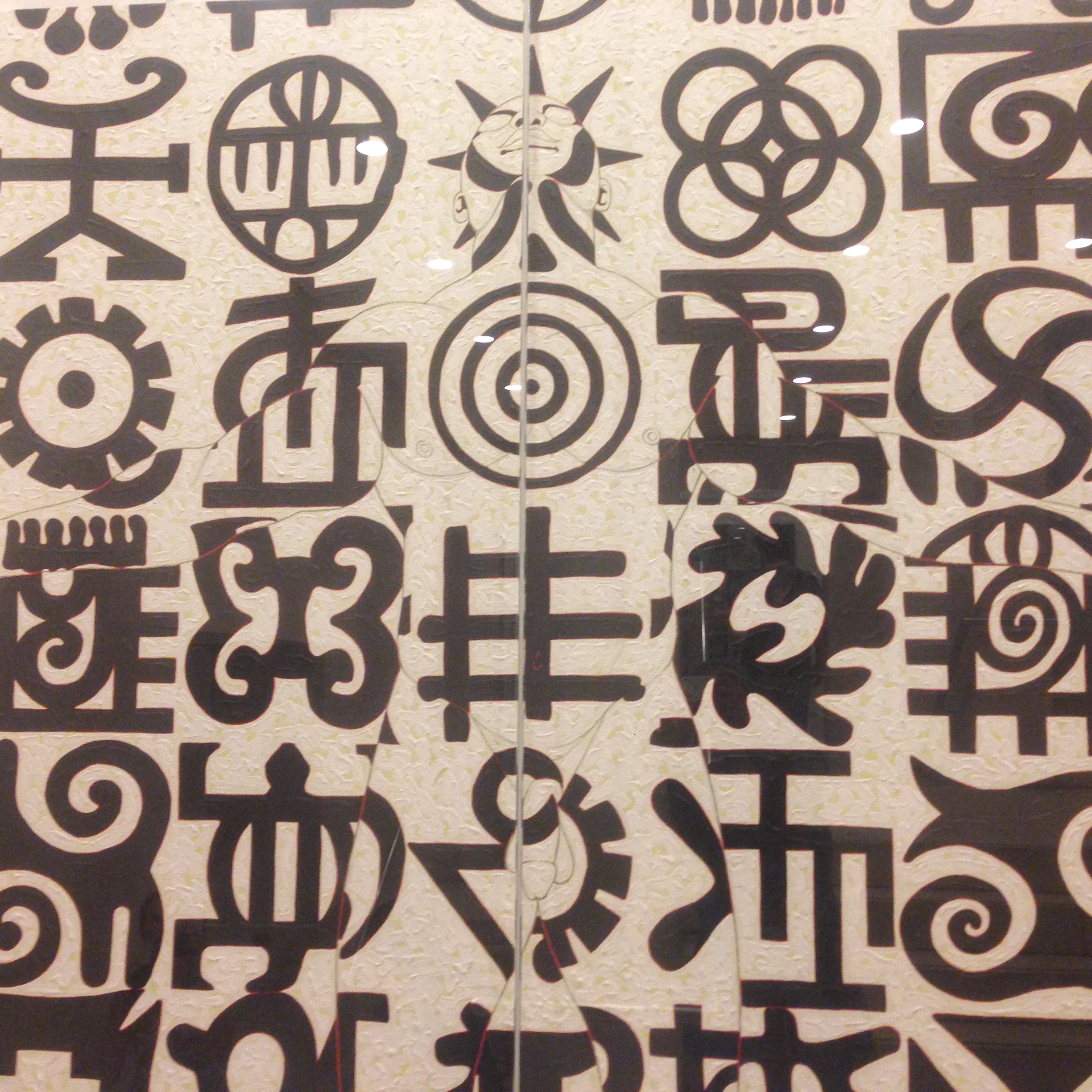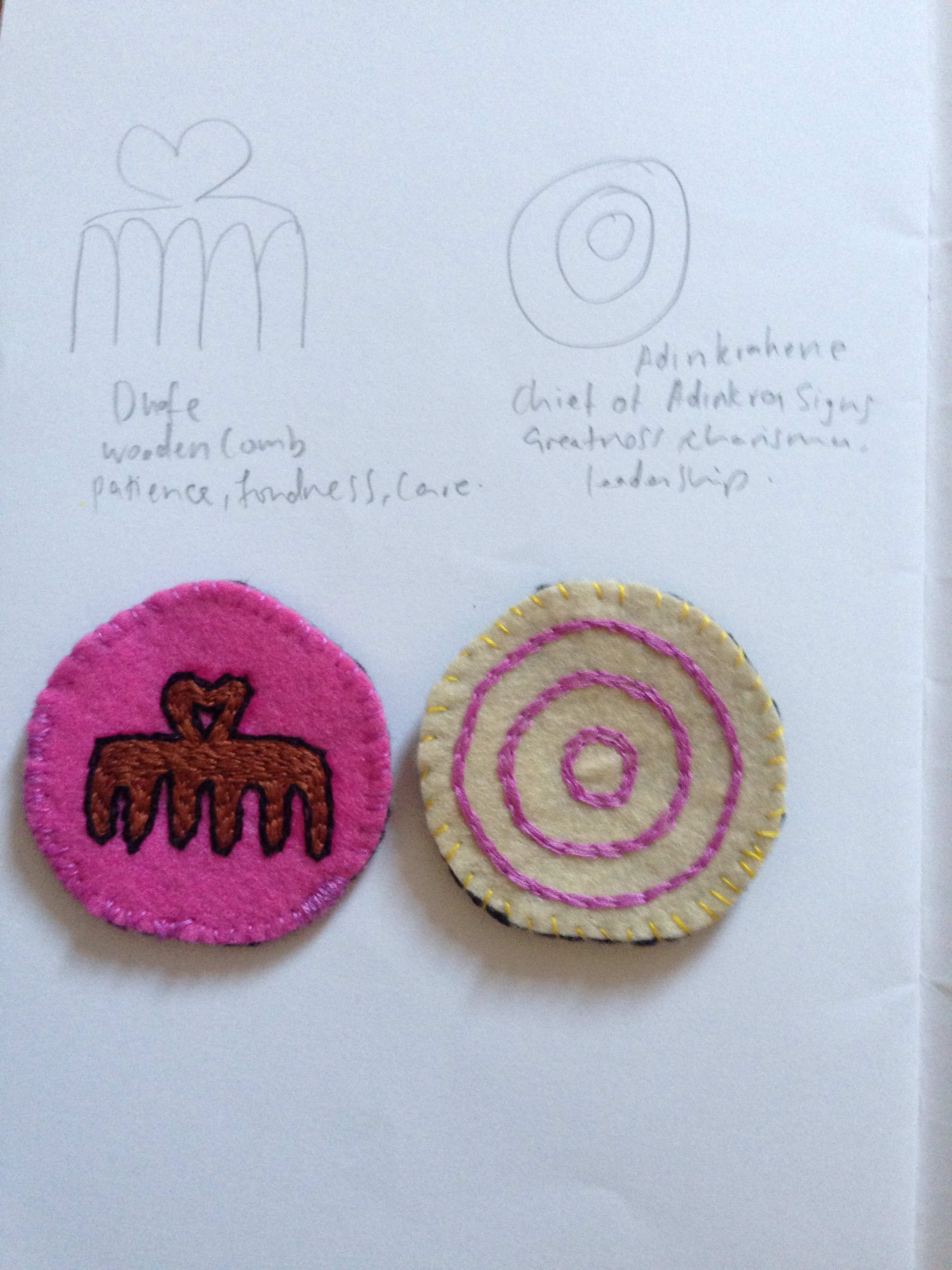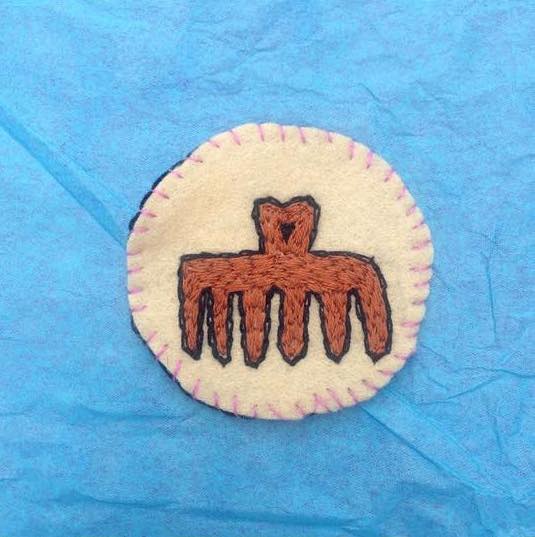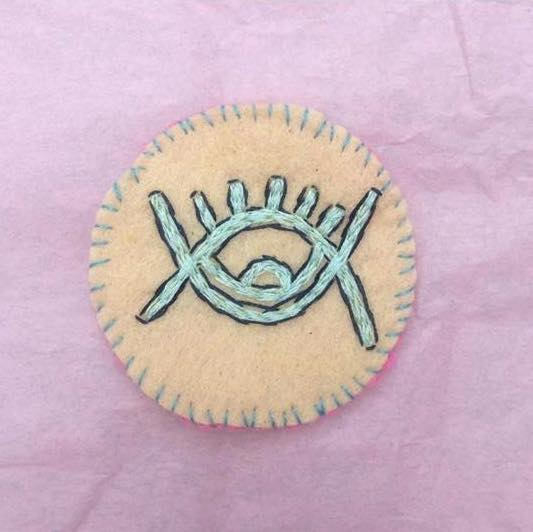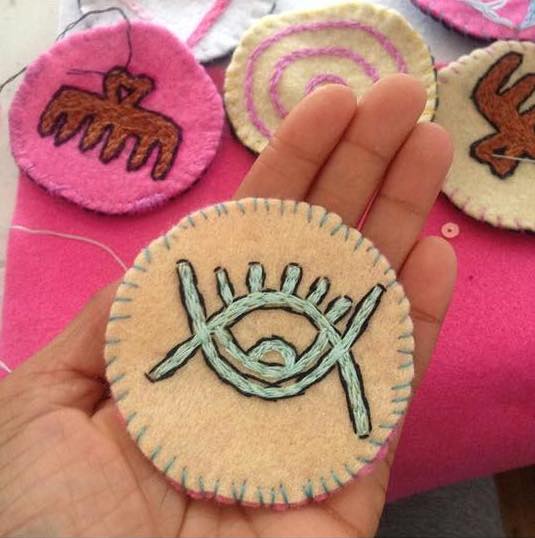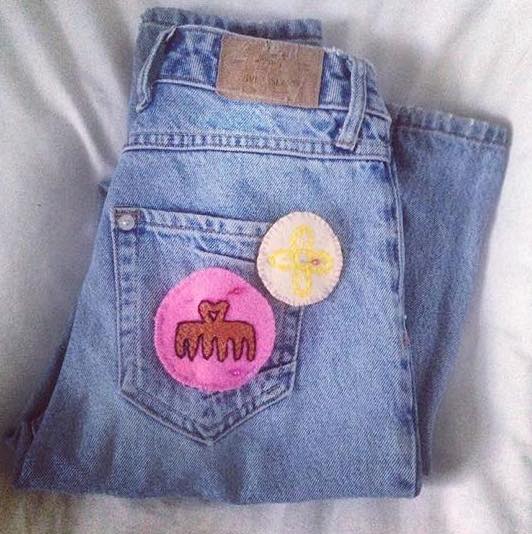One of my earliest run ins with designer clothing was in secondary school around the time we were all wearing those fake double c ‘chanel’ earrings. The noughties and Japanese streetwear designer Evisu were an up and coming brand. There jeans were immensely popular amongst us school girls however Coming from a low income family, I knew the likelihood of owning a pair where slim.
Some how my prayers were answered when mummy dearest came through with the sauce. Now At this time the concept of whether these jeans were authentic or not was another story but tbh I really didn’t care. (They were probably knock offs from Barking market) Peer pressure is real guys. I was just so happy to own a pair of these jeans that all my friends had. Now in the UK we off course wear a school uniform so whenever there was an opportunity to wear our ‘home clothes’ we all wanted to be ‘swagged out’ in the latest garms. (Not much has changed for some of us) So at our next school event, you already know, they made there grand appearance. Standing in the hall way with said group of friends all adorned in our evisu jeans. I had never felt ‘cooler’ I for one couldn’t have been happier.
 The Evisu Jeans.
The Evisu Jeans.
In hindsight I laugh about it, at the time however it was very serious to me, a hormonal teenager who didn’t want to feel left out or worse laughed at.
As human beings we feel an urge to belong and to fit in, this urge is filled by different things for different people. For me it was fashion.
The reason I am writing this is in a response to an article I read via vogue.com title reading ‘ is it real? -And does it matter? How Korea’s counterfeit culture shaped my style’ which was written by Monica Kim. Monica writes about her experience growing up in Seoul,Korea where fake designer goods were the norm. In fact, the fakes were so good that an untrained eye would struggle to tell the difference between the two. She speaks about being proud of the craftsmanship that was coming from Korea post war and being able to recreate such masterpieces, selling them at a fraction of the price. She speaks about her grandmother who had the wardrobe of dreams Chanel, Gucci and Fendi with just one catch, they were fakes. Only, she wasn’t embarrassed, she speaks on a sense of pride of her roots and her culture.
So Koreans became very good at copying. I say this, too, not with shame, but as a matter of fact. It remains a national point of pride—the skill with which a pair of Korean hands can perfectly replicate each pin-thin stitch.
-excerpt from vogue.com
Fast forward a few years and she was in America, Wisconsin to be precise where the only thing designer was a Ralph Lauren outlet. She craved the new (at the time) Multicolore Takashi Murakami collaboration with Louis Vuitton it was a little black leather Pochette with the candy-coloured Monogram which she begged her parents for. Low and behold she received a like for like made in Itaewon version. Only when she got her hallway moment she speaks the guilt and paranoia she experienced. Her biggest fear was her fake Louis Vuitton would be spotted. Things were different in America, authenticity played a bigger role. A role that her mother could not understand ; why buy a £1000 bag when you can get a copy for a fraction of the price.
As I was reading this article my own Distant Evisu memory flooded back sparking inspiration for a new post.
I am not new to fakes and have more than a few given to me from my own Mother, Particularly Louis Vuitton bags and purses from China. Just like Monica Kim’s family, we probably could afford the real deal (my mother is way too frugal for that ) but why when the copies are so close to the original. I understand that it isn’t about whether they look the same or not it’s more about the experience and off course the precious dustbag and box that comes with such expensive bags.
I remember being given hand me downs of a particular family friend, a Christian Dior monogrammed top that zipped up in the middle, a staple 90s throwback that I practically lived in during the summer. I kick myself for losing it because now there everywhere.
As I got older, I discovered stores like TKmax where you could sometimes, if you looked hard enough find designer items, Isabel Marant, I once found a Valentino dress. I also discovered the joys of the thrift shopping, As a teen I would hate following my mum from fear of being spotted. I realised how silly this was once’s I started discovering the treasures waiting to be found. My first designer vintage buy was in soho. A cashmere Armani Blazer, I was buzzing with excitement to own something that I probably wouldn’t have been able to afford. Vintage shopping is a great way to start a luxury designer collection on a beer budget. I wrote this article for the girls, like me, who aren’t on a payroll affording them the luxury of the high end garments they spend there time adorning. To read an experience somewhat similar to one I had experienced inspired me To share my own story.
These days there are so many options available to us because of the throw away society we live in. Vintage shopping is extremely popular and with sites like Depop and eBay it is very easy to find great pieces at reasonable prices. I am definitely a believer in quality over quantity and with high street stores providing us with more options than ever before it’s easy to see how many people may get carried away.
With the fashion industry being the third biggest pollutant in the world I think it is super important for us to look at how we spend our money and on developing a personal style that encourages staple pieces whether they are high end designers straight from the store or vintage designers. If you pay attention to the fashion industry you already know that all the looks are recycled so you can definitely stay on trend shopping this way.
Going back to Monica’s story for vogue.com she speaks about the other side of the coin. The guilt of now being able to splurge on a designer handbag, that lets face it, is extremely expensive for the average person who can not afford owning a home or a car. Although I can not personally afford to walk into Chanel and buy a bag I sometimes feel guilty for being such an avid fashion watcher when I know how many people can not afford to even put food on the table, Which is why vintage shopping is so great and Brands like Balenciaga donating proceeds to the World Food Programme. ( read about it here)
I think everyone deserves a-bit of luxury in there lives. I will be showing you how I shop in later posts so stay tuned if you need a little guidance and don’t forget to Comment below your faux designer story and don’t forget to like, share and follow for more.
Monica Kim’s story may not have resonated with you but for me it was a wonderful read. If you liked my write up you should definitely check it out here. She speaks about getting her job at vogue and being mortified at the idea of wearing anything Fake in the office which had be in stitches.














 Vintage Prada Rucksack
Vintage Prada Rucksack

 The Evisu Jeans.
The Evisu Jeans.




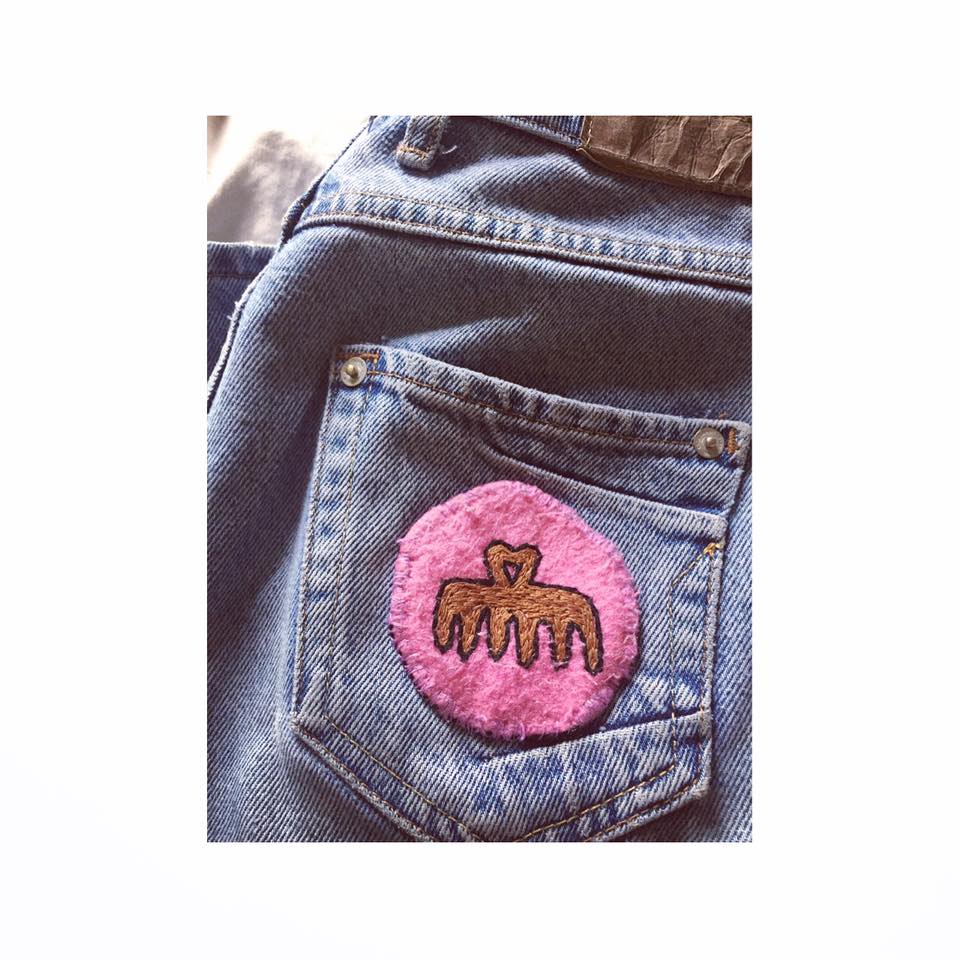 Exploring communication through textiles.
Exploring communication through textiles. 